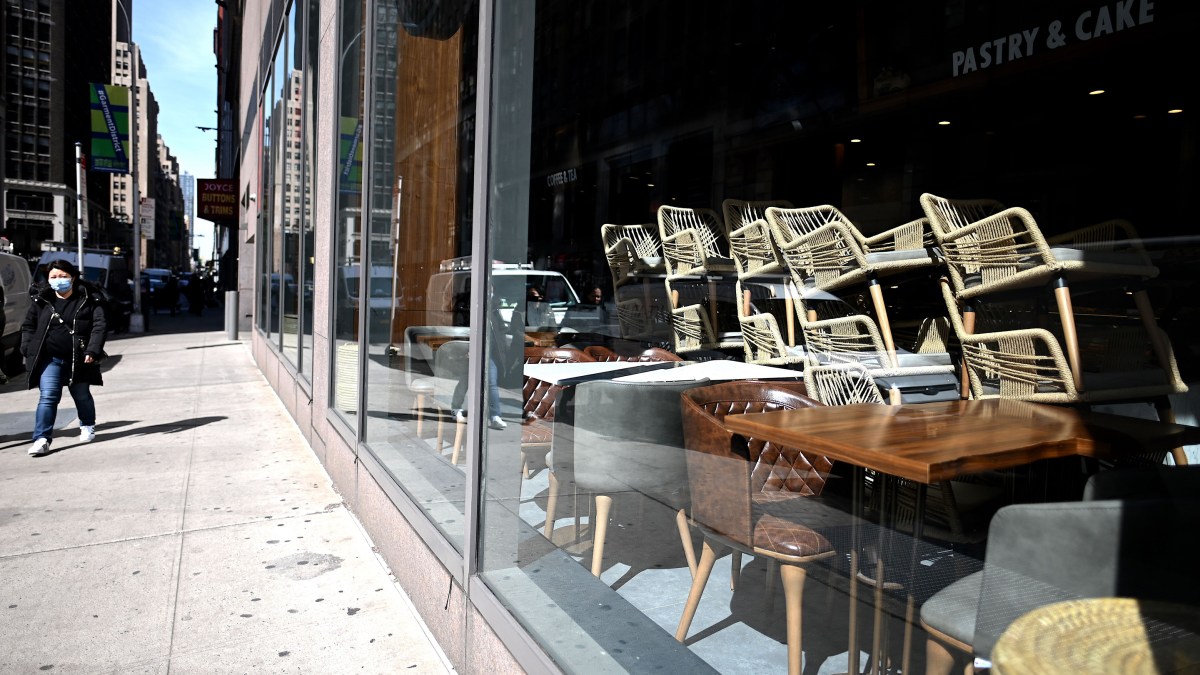The recovery for restaurants is slowing down

Nearly 100,000 restaurants are closed either permanently or for the long term — nearly 1 in 6, according to a new survey by the National Restaurant Association.
Meanwhile, the number of workers being hired back in the hospitality and leisure industry has been getting lower and lower over the past couple of months. And almost 4.5 million jobs still haven’t come back.
Three of Tracy Vaught’s four restaurants in Houston are open.
“I’m going to hang on,” she said. “I’m going to hang on no matter what.”
They are only open at 50% capacity, with reduced menus and hours. The last one though, has been closed for six months.
“It’s located in a hotel downtown in the convention district near the sporting arenas and a concert venue,” Vaught said.
She said it can’t stay closed much longer, so she’s going to try to open it up next month and see how it goes.
“For a lot of restaurants, even when they are shut down, they’re still paying fixed costs, they’re still paying rent, they’re still paying utilities, they’re still paying insurance,” said Sean Kennedy with the National Restaurant Association.
Kennedy said eight weeks of financial support in Paycheck Protection Program money that ran out months ago has not been enough. Yelp reports 31,000 restaurants on its platform have closed, the majority permanently.
But restaurants have not been entirely helpless, points out Justin Norman, vice president of data science at Yelp.
“There are actually many businesses that have found a lot of new ways to innovate,” Norman said. That includes focusing on delivery, selling meal or cocktail kits, dining outside — though that option that will disappear in northern states as temperatures fall.
Expect more innovation, said David Portalatin, industry adviser for the NPD Group.
“We are going to start seeing a different kind of restaurant emerge in the future,” he said.
However you slice it, Portalatin said, the United States will end the year with fewer restaurants than it began with. And it’s the larger chains that are more likely to survive.
Stories You Might Like
What’s going on with extra COVID-19 unemployment benefits?
It’s been weeks since President Donald Trump signed an executive memorandum that was supposed to get the federal government back into the business of topping up unemployment benefits, to $400 a week. Few states, however, are currently paying even part of the benefit that the president promised. And, it looks like, in most states, the maximum additional benefit unemployment recipients will be able to get is $300.
What’s the latest on evictions?
For millions of Americans, things are looking grim. Unemployment is high, and pandemic eviction moratoriums have expired in states across the country. And as many people already know, eviction is something that can haunt a person’s life for years. For instance, getting evicted can make it hard to rent again. And that can lead to spiraling poverty.
Which retailers are requiring that people wear masks when shopping? And how are they enforcing those rules?
Walmart, Target, Lowe’s, CVS, Home Depot, Costco — they all have policies that say shoppers are required to wear a mask. When an employee confronts a customer who refuses, the interaction can spin out of control, so many of these retailers are telling their workers to not enforce these mandates. But, just having them will actually get more people to wear masks.
You can find answers to more questions on unemployment benefits and COVID-19 here.
As a nonprofit news organization, our future depends on listeners like you who believe in the power of public service journalism.
Your investment in Marketplace helps us remain paywall-free and ensures everyone has access to trustworthy, unbiased news and information, regardless of their ability to pay.
Donate today — in any amount — to become a Marketplace Investor. Now more than ever, your commitment makes a difference.
tinyurlis.gdv.gdv.htu.nuclck.ruulvis.netshrtco.detny.im
